In the following diagram of an isolation transformer,
found on Wikipedia here for the diagram and also here for the definition of Isolation Transformer, there is a special winding in between the primary and the secondary described by "Single layer winding used as electrostatic shield", that I assume channels electrostatic discharge (ESD) away from the secondary. It must be connected to something, but what? Is it grounded to the body of the transformer? Obviously, whatever it is connected to cannot defeat the isolation function of the isolation transformer. And can the "winding" be just a strap? Or is its isolation also magnetic in nature, or have a filtering aspect to it?

